All posts by Walter Frei

Modeling Thermal Ablation for Material Removal
When certain materials are heated to a certain point, they go directly from the solid to the gas phase in a process called ablation. Learn how to model the thermal ablation process here.
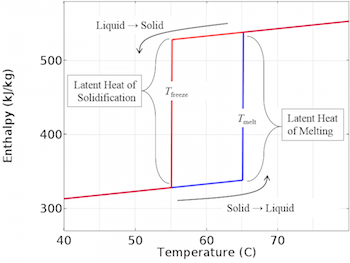
Thermal Modeling of Phase-Change Materials with Hysteresis
Hysteresis occurs when the melting temperature of a material is different from the solidification temperature. We demonstrate the thermal modeling of such a material here.
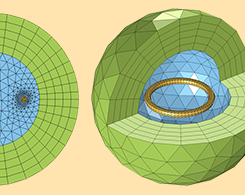
How to Choose Between Boundary Conditions for Coil Modeling
3 approaches for truncating a domain when modeling an EM coil in free space: the Magnetic Insulation and Perfect Magnetic Conductor boundary conditions as well as the infinite element domain.

Modeling the Thermal Curing Process
Polymerization of a thermoset resin is one example of thermal curing, a process in which temperature-induced chemical change occurs in a material.
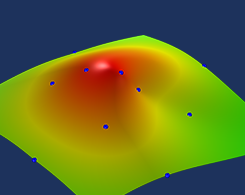
Using Radial Basis Functions for Surface Interpolation
Did you know that you can easily calculate the interpolation between a set of points using a simulation app? Learn more here and download a demo app for design inspiration.
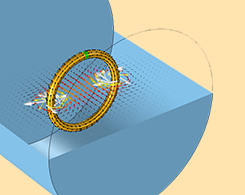
Modeling Coils in the AC/DC Module
A key concept when it comes to coil modeling is closing the current loop. Learn how to do so when modeling coils using the AC/DC Module and COMSOL Multiphysics®.
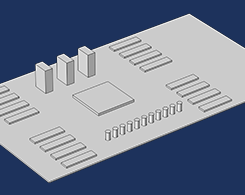
Generate Models from Text Files with the Application Builder
Ever wish you could automate your model preprocessing tasks? In this blog post, we demonstrate how you can use the Application Builder to quickly convert a text input file into a COMSOL model.
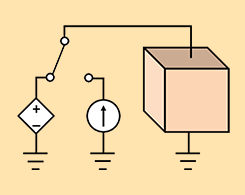
Control Current and Voltage Sources with the AC/DC Module
Did you know that you can use the Terminal boundary condition to dynamically switch between excitation types during a transient simulation? This is useful for modeling power supply, for example.
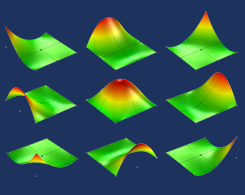
Keeping Track of Element Order in Multiphysics Models
Whenever you are building a finite element model in COMSOL Multiphysics®, it is important that you are aware of the element order that is being used. We demonstrate how to do so here.

Study Radiofrequency Tissue Ablation Using Simulation
Killing cancerous cells, shrinking collagen, alleviating pain. These are just some of the medical purposes of radiofrequency tissue ablation, a procedure that relies on targeted heat.
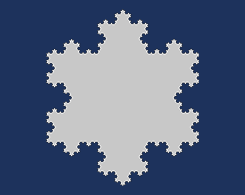
Using the Application Builder to Create a Koch Snowflake
The Koch snowflake is a well-known fractal, notable due to its simple, iterative construction process. Learn how to easily build this shape with the Application Builder in COMSOL Multiphysics®.

Designing New Structures with Shape Optimization
Get a comprehensive background on using shape optimization to design new structures, with the example of a classical beam thickness problem.
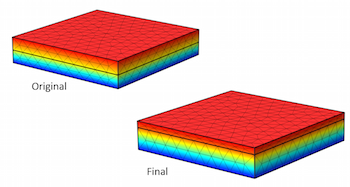
Changing the Dimensions of a Model Using Shape Optimization
If your model has a single objective function to be improved, a set of geometric parameters to be changed, and a set of constraints, you can find the optimal structure without any remeshing.
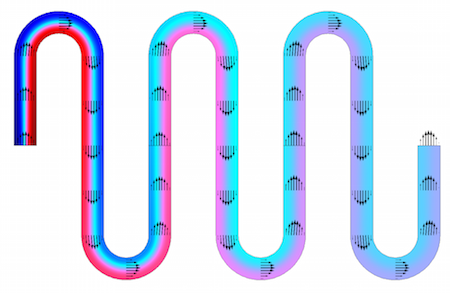
Exploiting Periodicity in Models with High Péclet Numbers
In the study of chemical species transport, a high Péclet number means the ratio of advection to diffusion is very high. Learn how to exploit periodicity when modeling this type of problem.

How to Improve Your Paddle Stroke with Simulation
To take a closer look at a paddle stroke, for activities like canoeing and dragon boat racing, we set up a 2D model in COMSOL Multiphysics® and visualize the flow pattern around the paddle blade.

Deformed Mesh Interfaces: Rotations and Linear Translations
Using the finite element method often involves modeling solid objects that are rotating and translating within other domains. See how to use the deformed mesh interfaces to model these movements.
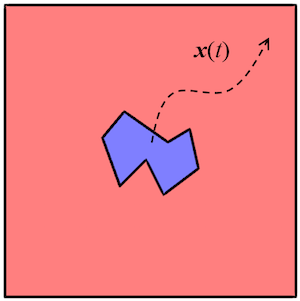
Model Translational Motion with the Deformed Mesh Interfaces
2 interfaces for manually defining the deformation of finite element mesh: Deformed Geometry and Moving Mesh. Learn when and how to use each in this blog post…
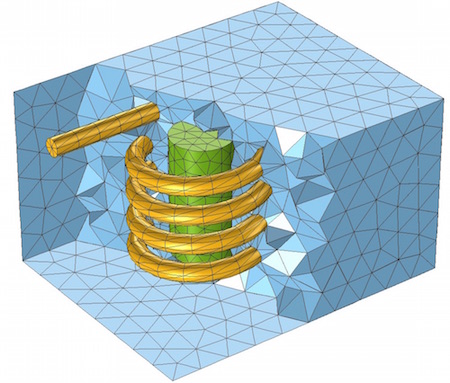
Improving Your Meshing with Swept Meshes
Get a demonstration of using swept meshing to generate efficient and accurate finite element meshes for some common modeling cases, such as calculating the fluid flow through a network of pipes.

Using General Extrusion Operators to Model Periodic Structures
If your multiphysics model includes a periodic solution to one physics and nonperiodic solutions to other physics of interest, you can exploit the periodicity to reduce computational requirements!

Computing Design Sensitivities in COMSOL Multiphysics
You can compute design sensitivities via the core functionality of COMSOL Multiphysics®. We show you how with a parallel plate capacitor example.

Tracking Material Damage with the Previous Solution Operator
We demonstrate how to use the Previous Solution operator to track material damage in your simulation, using an example of “baking off” of a thin coating on a wafer heated by a laser.
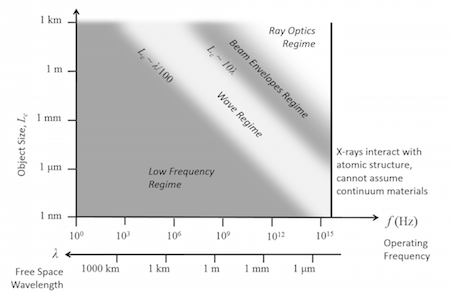
Guide to Frequency Domain Wave Electromagnetics Modeling
Read this blog post for your introduction to the various types of problems that you can solve in the RF and Wave Optics modules with COMSOL Multiphysics®.

Using the Previous Solution Operator in Transient Modeling
Use the Previous Solution operator for time-dependent models in which you want to evaluate quantities at the previous time step when using the default implicit time-stepping algorithm.
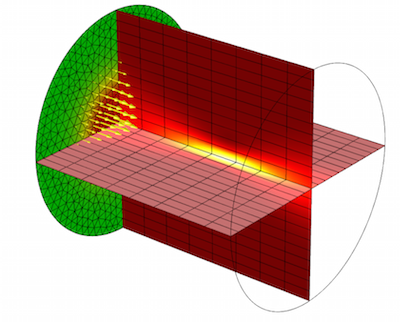
Modeling Laser-Material Interactions in COMSOL Multiphysics
When it comes to modeling laser-material interactions and heating, different modeling techniques are appropriate for different problems. We go over a few examples here >>
